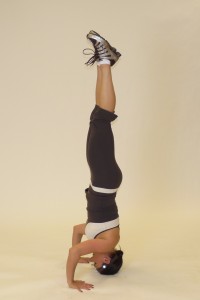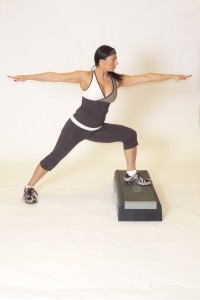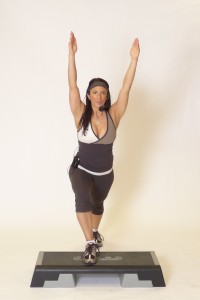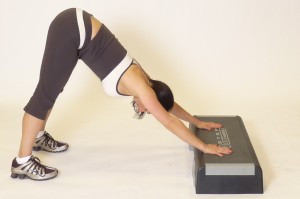Headstand
Stage 1 (For Beginners):
1. Put your yoga mat into a comer, kneel down in front of it and place your interlocked fingers in the comer close to the walls.
2. Put your head into the hollow of the palms, rise off the knees and take a step or two towards the comer.
3. Lift one leg and place it in the comer against the wall. If you are a little unsure, ask a friend to hold the leg and put it in the corner. Now, just kick the other leg up. Stay there for about 15 seconds, trying to remain relaxed.
4. To come out of the headstand, just lower one leg at a time. Again, if you feel unsure, ask a friend to hold one of your legs while you lower the other.
Stage 2 (Standard Headstand)
1. Kneel down on your yoga mat. Interlock the fingers of your hands and place them and your forearms on the extra padding on the yoga mat. Keep the elbows fairly close together.
2. Place the back of your head into the hollow of the palms (not on the palms or fingers). Rise up off your knees and take a step or two towards your head.
3. Inhale, and slowly raise the legs until they are vertical. Keep your back straight and try to relax. Breathe slowly and deeply from the abdomen.
4. Concentrate on the brain or the pineal gland between the eyebrows.
5. To come down, bend your knees and lower one leg and then the other




